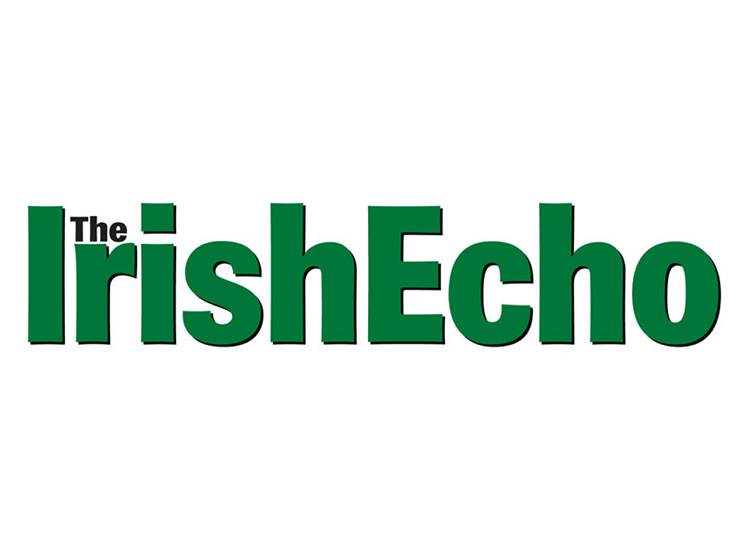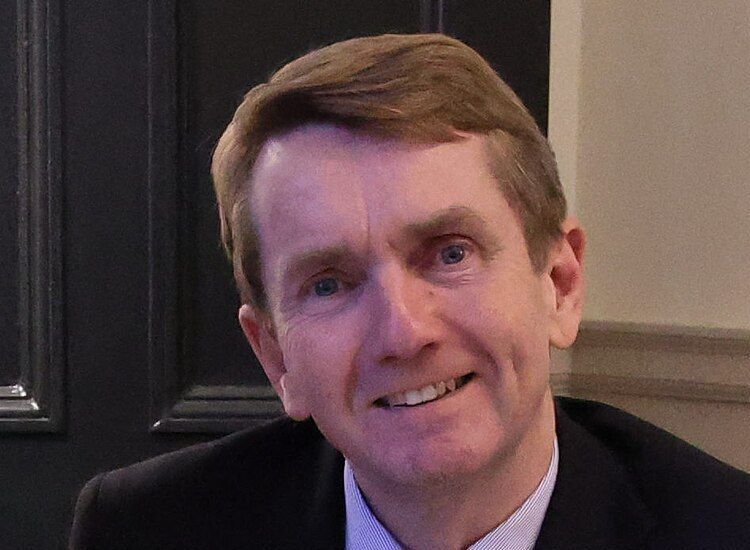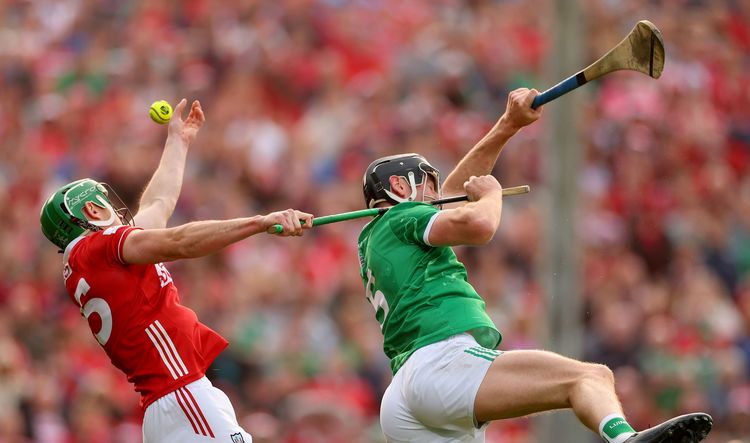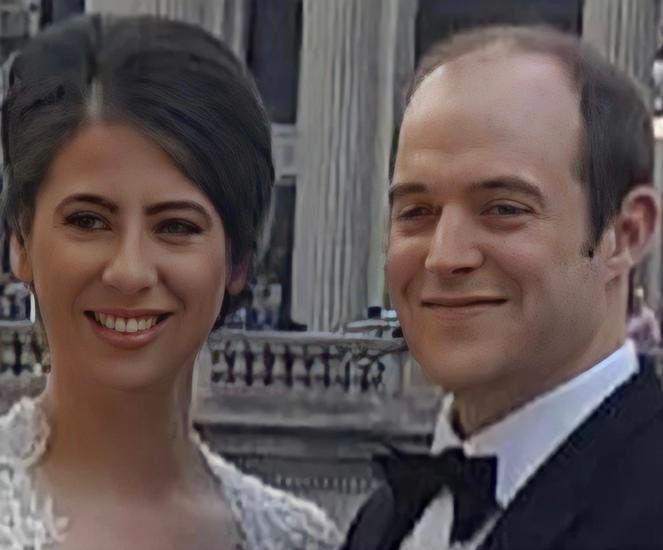[caption id="attachment_69934" align="aligncenter" width="600" caption="Carmen Nigro of the New York Public Library talks about its genealogical resources. "]
It pays to save and to think ahead.
Those who opened accounts at the Emigrant Savings Bank between 1850 and 1883 weren’t, however, thinking as far forward as the 21st century.
Some of their descendants, though, are glad they saved a few dollars because they left behind a paper trail, unusually for working-class people of the time.
“It’s such a great resource for genealogy,”
said Carmen Nigro, who works at the New York Public Library at 42nd Street and 5th Avenue.
She was addressing the Irish/British Genealogy Group in a classroom equipped for the 21st century. Bridget Bray established the group in 2009 via the online social networking portal Meetup.com, which facilitates offline meetings of people with similar interests.
“I used the Irish/British theme as those are my roots,” the New York-based Canadian told the Echo last year.
It meets once a month, usually over a meal on a Sunday afternoon, to discuss progress in searches and to share tips. In addition, there are trips to places of interest, such as January’s visit to Ellis Island. For February’s, Bray and 26 others rendezvoused on an overcast Saturday afternoon in front of the library’s Stephen A. Schwarzman Building.
Soon, everyone was sitting at a computer screen listening to Nigro give them an overview of the huge treasure trove available in the New York Public Library system and also the databases that can be accessed there.
There’s Griffith’s Valuation, for example, which, with its information on 1,333,922 people, is one of the major resources used by genealogists doing Irish searches; 1,648 regimental histories from the American Civil War; newspapers and periodicals, several of which are particularly worth searching for obituaries; and church records catalogued under a program of the Work Progress Administration in the 1930s.
Nigro explained the particular importance of the Emigrant Savings Bank. “In order to open an account,” she said, “people had to answer questions such as: What is your address? Where were you born? When did you arrive? On what ship? Who are your parents? Do you have siblings? Where do they live?”
Nigro demonstrated how to use PERSI (the PERiodical Source Index covering more than 6,500 genealogy and local periodicals) and passed on a few other tips.
“I found my father’s school in Newcastle West [County Limerick],” said Manhattan resident Sheila Houlihan as we left the classroom, “So that’s something to come back to.”
“I get a lot of genealogical questions,” said Patrice Kane, who works as an archivist at Fordham University. “They need to come here.”
Next, the group moved to the Millstein Room, where several researchers were sitting at computers. Nigro pointed to the various aisles, mentioning Section 7 first, as that’s where the genealogical handbooks are shelved. She recommended that the beginner should start there.
David Percey asked about coroner’s reports. The librarian thought they might be in a section further down, but when she checked for him they weren’t. “That’s disappointing,” he said. Percey, who has roots in several Irish counties, said he has a passion for New York history between 1870 and 1920, and he has done a lot of research on family members who lived in the city in those decades. It’s much harder, he has found, to get information on ancestors resident in New York in the 1840s and 1850s.
Said Nigro: “You just don’t know what will lead to a genealogical discovery.”
She found an ancestor from 1732 in a database called America’s Historical Newspapers. “Either the children of my ancestor or a lawyer handling his probate had placed notices in the paper calling for debtors to repay debts to his estate,” she said.
Jessica Carney, too, has American roots that go back to the 18th century, but she didn’t go back that far during the Meetup event at the NYPL. Instead she found some details about her paternal grandfather, whom she never met, and his parents. Her 88-year-old grandmother who divorced her grandfather decades ago had provided her with the leads. “I’m working with her to get all this information,” she said. “It’s so exciting.”
Afterwards in the pub, Leslie Cassidy said of Nigro: “She was very professional. She knew what she was talking about.”
Fordham’s Kane added that the profession is on the cutting edge of technology. “People say to me that we don’t need librarians so much now with all that information on the internet and I say to them: ‘Who do you think puts it there?’” she said.
Bray said that one member who frequently consults the library’s genealogical resources told her he found the visit very useful. “If he could take away something, then I’m happy there was value for everyone,” she said.
The group next plans to visit old St. Patrick’s on Mulberry Street. Go to Meetup.com and key in “Irish/British Genealogy Group” for details.









